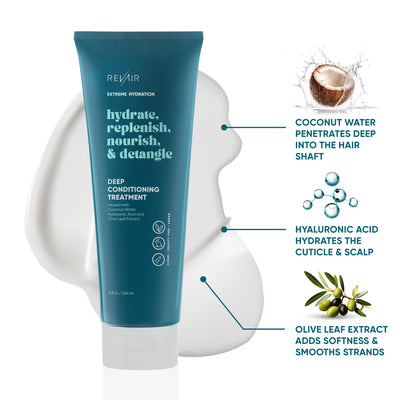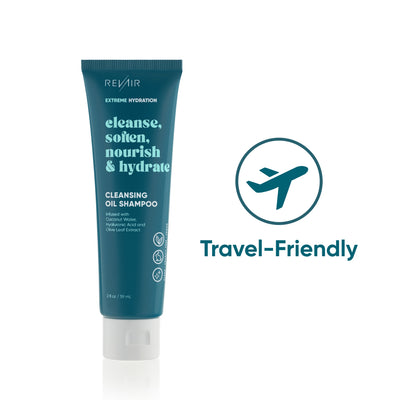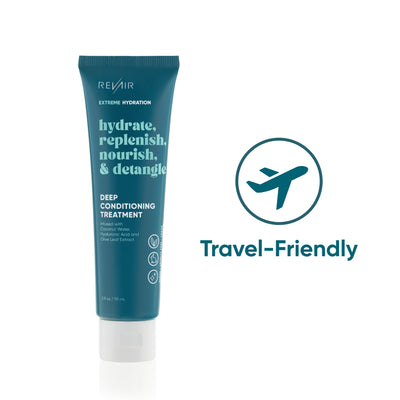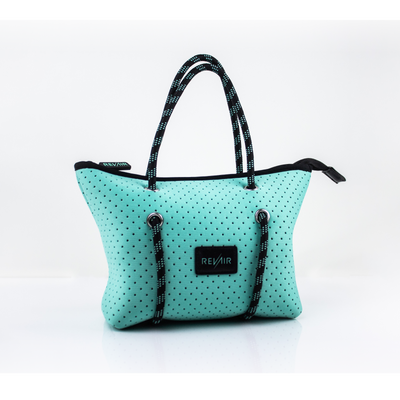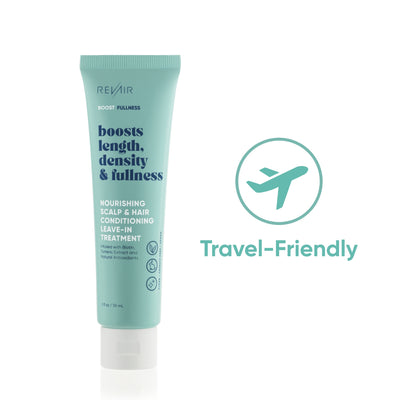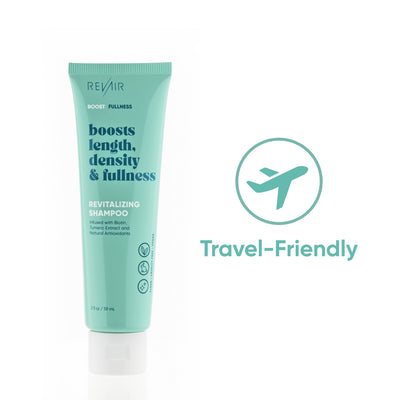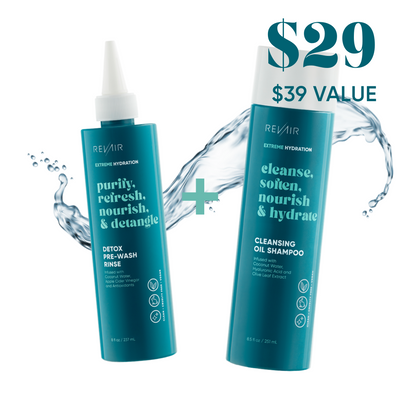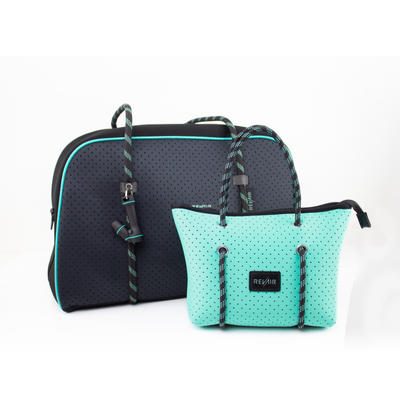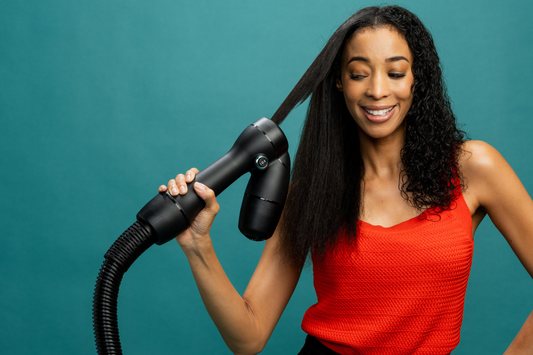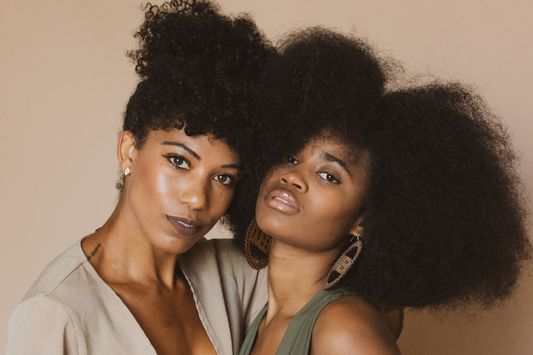
Everything You Need to Know About Protective Styles
Summer is officially here, and for many women with coily hair, it’s a bittersweet feeling. You are excited about the warm weather, beach days and summer vacation.
But you also dread the summer because you ask yourself the same question every year: What am I going to do with my hair?!
The summer season brings extreme heat and humidity, which doesn’t pair well with natural hair. Pool parties? Beach trip? Those involve chlorine and saltwater. Your friends can find you melting in the heat because you refuse to get in the water and risk getting your hair wet.
A naturalista’s hair care routine isn’t always as simple as wash-and-go. The versatility of type three and four hair is what makes them so lovable, but they need a little more TLC than type one and two hair.
Protective hairstyles are what help women with coily hair enjoy the summer. They can get up and go. Jump in the pool without a care. Sweat all day and not have to check their hair in the mirror.
However, not everyone is a fan of them. Some women consider protective styling as the key to growth and healthier hair. Others say the tension from some of these styles can cause breakage, especially if your hair isn't properly moisturized.
PROTECTIVE STYLES PROTECT NATURAL HAIR
Protective hairstyles aim to limit the stress of environmental factors on natural hair by keeping the ends of hair tucked away to discourage tugging, pulling and manipulation.
But if you don’t know how to maintain your natural hair under these styles, it can cause more harm than good.
Protective styles include wigs, buns, two-strand twists, box braids or cornrows, but the styles are endless. Browsing the internet can be overwhelming when looking for inspiration.
The questions become inexhaustible:
Which style will last the longest? Which style will hurt the least? What type of hair should you buy? How many packs of hair do you need? Who is going to do your hair? How much will it cost? Can you sit in one place for more than six hours? Figure out where to begin with these tips.
HOW TO KNOW WHAT STYLE IS RIGHT FOR YOU
When it’s time for women with natural hair to choose a new protective style, they try to think about the things they plan to do and places they plan to go while their hair is in that particular ‘do. The benefits of protective styles can vary, and you deserve the best for your warm-weather adventures.
For instance, if you know you will be on vacation this summer and plan to go in the water, you’ll most likely get box braids because they dry relatively quickly and all you have to do is put a little gel on your edges.
If you want a look that mimics natural hair, but you're on a budget, maybe you will install kinky, curly crochet hair. If you’re looking for a quick “in-between styles” look, you’ll think about braiding six jumbo cornrows in your head.
Every protective style that women with type four hair wear is strategically planned out to minimize their morning hair routine and maximize their time enjoying the day.
There are many factors that come into play when deciding on a protective style. First, you have to understand your hair type.
The thicker and stronger your hair is, the less of a chance that you’ll experience breakage from certain protective styles, such as box braids. Hairstyles that are too tight or pull too harshly on hair can cause breakage.
People with finer hair, or lower density, need to be more cautious of these styles. But the true key is making sure your hair is thoroughly cleaned, deeply conditioned and well-moisturized before installing a protective hairstyle.
And ask yourself, when was the last time you had a trim? If you notice split ends, don’t be afraid to trim them.
HOW TO KNOW WHEN TO TAKE OUT YOUR PROTECTIVE STYLE
Every style has an expiration date. What that date is for you may differ from the next person. The rate at which your hair grows directly affects how long a style can last.
New growth is natural hair that can be seen growing from your scalp in styles such as box braids or twists. Because the braid is formed from the scalp, as your hair grows, the style loosens and your natural hair becomes more exposed.
New growth on your head can be compared to when you polish your nails and then they grow over time and the nail polish is pushed forward. If you have any sort of acrylic on your nails, you visit the nail salon bi-weekly to “fill” in where the new growth has come in.
The same can be said about hair. When new growth gets to a certain length, usually a couple centimeters (just over 3/4 of an inch), women wearing protective styles tend to get the style completely redone, or “touched up.” This means they only remove the braids around the perimeter of their head, refreshing the exposed hair and then redoing the braids.
Protective styles like wigs hide natural hair, so it is easier to maintain the style longer because the new growth is not exposed.
Another sign that it is time to take out your protective style is when you see build-up in your hair. If you choose not wash your hair while it’s in a protective style, your hair becomes dirty the same way as if your natural hair was exposed, and your scalp can become dry and flaky.
The longer you refrain from washing your hair, the more build-up you get.
HOW TO MAINTAIN YOUR PROTECTIVE STYLE
Aim to wash your hair bi-weekly to remove any build-up and keep your protective style refreshed. If you are wearing a wig, simply remove the wig and wash the braids underneath.
Also, the key to maintaining your hair under wigs is moisturization!
Oil your scalp or spray your hair with a leave-in conditioning mist daily or weekly to keep your hair moisturized, prevent breakage and promote growth.
10 PROTECTIVE STYLES TO TRY THIS SUMMER
- Box braids

Box braids are a protective style that can last you four to six weeks with proper care (or a month to a month and a half). It is great for the summer because your hair is fully protected.
You can get braids wet, and therefore, you can easily wash them weekly to keep your scalp clean.
As previously mentioned, a way to extend the lifespan of your braids is to undo the braids around the perimeter, wash your hair and re-braid your hair.
Many women dread the installation process of box braids because it can take an average of five to eight hours, depending on the size of the braids.
- Crochet hair
Crochet is a unique braiding technique. Your hair is braided down into cornrows, then a crochet needle is used to weave the synthetic hair of your choice through the braids. Having two cornrows is popular because this look is suitable for every season.
It’s an affordable, low-tension style that is quick to install. Crochet styles can last for two to four weeks depending on how well you maintain them, because synthetic hair tangles easier and can frizz up quicker.
For the most part, you can get your hair wet in a crotchet style. We recommend using a leave-in conditioner or curl-enhancing product to maintain the curls in these cornrow hairstyles. But if you use Marley Hair, it’s best to avoid getting your hair wet.
- Wig

Wigs are a super versatile protective style. There are many choices within the two main categories of synthetic hair and human hair.
Synthetic wigs have a shorter lifespan and are more affordable, while wigs made with human hair can last you up to a year, but come at a much higher ticket price.
To maintain wigs and your natural hair, wash both regularly. Check out our beginner’s guide to wigs if you’re just getting started.
- Braided Crown and Low Bun

Adding a braided crown is one of the easiest ways to elevate the look of a low bun.
It’s a quick and simple transformation from informal to formal, and it’s a great style for the workplace or special events. Braided crowns are also wonderful for growing out your natural hair on top of being among the most simple protective hairstyles.
- Flat Twist

Flat twists look similar to cornrows, but they’re easier to achieve. They’re a great protective style that can last up to a week.
At the end of the week, you can undo your flat twists to reveal a beautiful twist-out fro. They’re also very helpful if you’re looking into going natural.
- Two-Strand Twists

Two-strand twists offer low tension and are one of the easiest protective styles for someone who’s recently transitioned to natural hair.
Separate your hair into small sections, apply a leave-in conditioner and curling cream, then twist your hair from root to tip.
Wrap the end of the strand around your finger for the perfect coiled ends. You can wear the twists overnight or up to a week before unraveling for a twist-out style that can last another week!
- Pineapple/Puff Updo
Puffs are a go-to for many natural women, especially after a twist-out has run its course.
Simply add water and gel to your hair's perimeter, brush it up into a ponytail, and tie it with a string or large ponytail holder.
Refresh your puff daily with a leave-in conditioning spray or curling cream.
- Braided Ponytail or Bun

This low-tension style is achieved using synthetic braiding hair. The braiding technique can vary in style, so you can wear the ponytail down to give off a casual air or wrap the braids into a bun for a more formal look.
- Lemonade Braids

Lemonade braids became popularized by Beyoncé in 2018 after she wore the style in one of her music videos from her Lemonade album.
They’re cornrows, small or big, braided to one side of the head. Make this half cornrows, half braids look your own with beads or wavy ends.
- Faux Locs

Faux locs are one of the most popular protective styles. If you’ve always wondered what you’d look like with locs but were afraid of the commitment, faux locs are a great alternative.
The style is achieved by installing box braids, then wrapping each braid with Marley hair until the entire braid is hidden.
The ends are usually sealed with glue or a lighter. Faux locs can last over a month. But be careful not to leave them in too long, as your natural hair can start to loc underneath.
THE STYLES ARE ENDLESS
There are hundreds of protective styles to choose from, which can make it hard for one to decide. The best way to know what style is best for you is to understand your hair type and how well your hair can handle manipulation.
For instance, braids encourage growth for some women, yet they can cause breakage for others. Which of the above styles have you rocked before with the best success?
HOW TO PREP YOUR HAIR FOR A PROTECTIVE STYLE
Always wash and deep condition your hair before installing a protective style. Many protective styles that involve braiding should be done on blow-dried hair.
As we all know, blow dryers are usually avoided by women with natural hair because of the heat damage that they’re known to cause. RevAir’s Reverse-Air
Dryer is a great alternative to a traditional blow dryer because it stretches your hair while drying with gentle, even heat. Four years' worth of product development has culminated in tremendous success.
Now that we’ve given you the rundown on protective hairstyles and how best to care for your natural hair, all that’s left to do is choose your first protective style to rock this summer.
If you still have questions, we’ve got you covered. Contact us and a friendly, knowledgeable member of our team will be happy to speak with you.
We're on a mission to ensure that men and women around the world have the tools they need to maintain healthy hair.
